In high-risk environments such as construction sites, manufacturing units, oil and gas refineries, and chemical plants, ensuring worker safety is non-negotiable. One misstep—like the absence of a helmet, gloves, or protective eyewear—can result in serious injuries or even fatalities. In the past, organizations have relied heavily on manual supervision to enforce personal protective equipment (PPE) compliance. However, with the surge in industrial automation and artificial intelligence (AI), a more accurate, efficient, and proactive approach is transforming how workplace safety is managed: the PPE detection system.
Understanding the PPE Detection System
A PPE detection system is an AI-powered surveillance solution designed to automatically identify whether individuals in a monitored environment are wearing the required safety gear. It uses computer vision algorithms and real-time video analytics to detect PPE components such as helmets, safety vests, face shields, gloves, and masks. If a violation is detected, the system instantly triggers alerts or stores the data for review, enabling rapid corrective action.
Unlike traditional monitoring practices, which are prone to human error and delayed response, a PPE detection system provides consistent and unbiased oversight. It helps reduce the burden on safety officers, strengthens compliance, and ultimately protects human life.
Why Traditional Monitoring Falls Short
Manual PPE compliance checks are labor-intensive, time-consuming, and often inconsistent. In fast-paced or large-scale operations, it becomes nearly impossible for supervisors to track every worker at every moment. Fatigue, distractions, or a high volume of personnel can easily lead to oversights.
Moreover, human observers may fail to spot minor violations—like improperly worn equipment or PPE removal during breaks. These gaps in enforcement contribute to workplace injuries and make it difficult for organizations to uphold safety standards, particularly those mandated by government or industry bodies.
Real-Time Safety Through AI-Powered Video Analytics
AI has introduced a paradigm shift in workplace monitoring. By integrating real-time video surveillance with machine learning algorithms, modern PPE detection systems can detect safety violations instantly. These systems are trained on large datasets to recognize PPE gear across various lighting conditions, body postures, and work environments.
The advantage lies in automation and speed. The system continuously scans the workspace and flags non-compliance incidents as they occur. For industries handling hazardous materials or operating heavy machinery, this instant alert mechanism can be the difference between a minor incident and a catastrophic accident.
Additionally, AI tools help collect and analyze historical data, which can be used to identify safety trends, optimize training programs, and implement targeted interventions. In fact, recent advancements show how AI Video Analytics Improves Operational Efficiencies by enabling smarter safety strategies and reducing downtime.
Key Benefits of Implementing a PPE Detection System
- 24/7 Monitoring: AI-based systems don’t suffer from fatigue, ensuring uninterrupted safety oversight.
- Instant Alerts: Real-time notifications allow for immediate action, reducing incident response time.
- Data-Driven Insights: Video logs and analytics help uncover recurring safety lapses and improve training.
- Regulatory Compliance: Helps companies meet occupational health and safety standards without manual intervention.
- Cost Savings: Reduced accidents lead to fewer compensation claims, legal liabilities, and operational disruptions.
Industries That Benefit Most from PPE Detection Systems
While all high-risk industries can benefit from PPE detection systems, they are particularly impactful in:
- Construction: For monitoring hard hats, vests, boots, and gloves on-site.
- Manufacturing: To ensure workers wear proper gear around machinery and hazardous materials.
- Oil & Gas: Where flame-resistant suits, gloves, and helmets are critical.
- Chemical Plants: To confirm face shields and respiratory masks are in use.
- Warehousing & Logistics: Where forklifts and moving equipment require strict PPE enforcement.
Choosing the Right PPE Detection Solution
When selecting a PPE detection solution, organizations should consider the system’s accuracy rate, integration capabilities, reporting tools, and scalability. Cloud-based models offer remote monitoring options, while edge-based systems deliver faster response times with minimal bandwidth usage.
Additionally, user-friendly dashboards and customization features—such as configuring detection zones or selecting specific PPE items to monitor—make implementation smoother across different departments or locations.
Top 5 Companies Offering PPE Detection System Services
While the market is evolving, the following companies are recognized for their innovative and effective PPE detection solutions:
- Intenseye – Offers real-time EHS monitoring through AI-powered cameras with strong analytics.
- Visionify.ai – Specializes in computer vision solutions for workplace safety and PPE compliance.
- SparkCognition – Provides industrial AI platforms, including PPE detection as part of broader safety solutions.
- Tractable – Though more known for visual AI in automotive and insurance, they are expanding into safety applications.
- Crosser – Enables industrial analytics at the edge, including PPE detection via video stream processing.
These companies are helping redefine how organizations around the world approach employee safety.
PPE Detection in the Era of Smart Workplaces
As industrial facilities become more digitized and interconnected, PPE detection systems will play an increasingly central role in building “smart safety ecosystems.” By working in tandem with IoT sensors, access control systems, and environment monitoring tools, they help create safer, more responsive workspaces.
What’s more, integration with HR systems and automated reporting platforms enables seamless documentation of violations, ensuring transparency and accountability across the organization.
To see how a modern ppe detection system functions in real-time and contributes to proactive safety management, explore advanced solutions that combine AI, deep learning, and edge computing capabilities.
Conclusion
Workplace safety should never be left to chance. A PPE detection system acts as a digital guardian, ensuring that every worker is adequately protected—without relying on constant manual supervision. By integrating AI-powered video analytics, organizations can move from reactive safety enforcement to proactive prevention. This transition not only protects workers but also empowers businesses to meet compliance standards, improve productivity, and foster a culture of safety.
As AI continues to evolve, the future of workplace safety lies in intelligent, automated systems that keep human lives at the center of innovation.
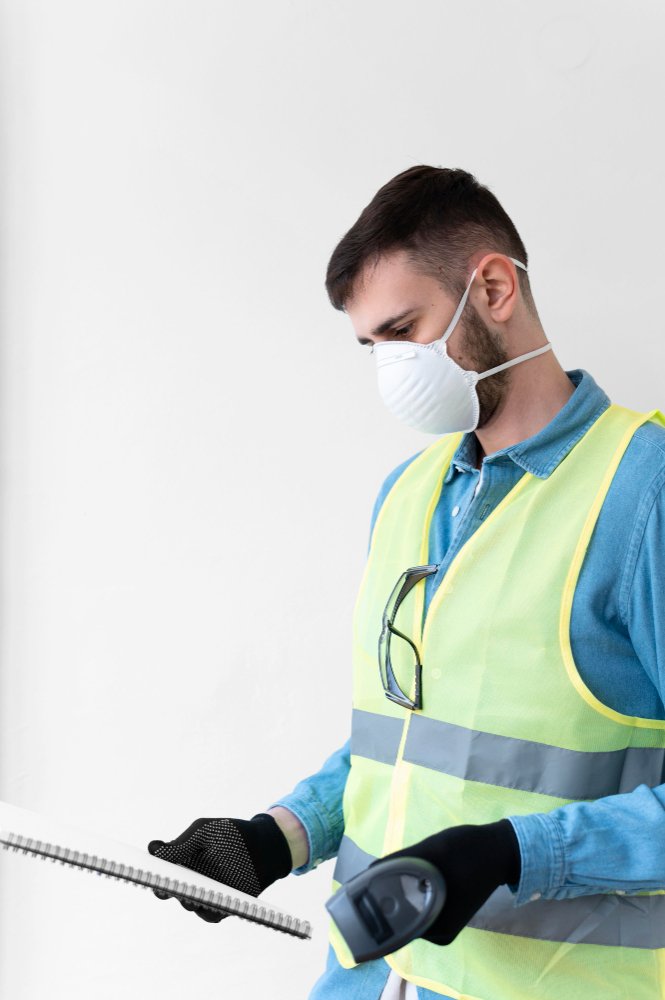

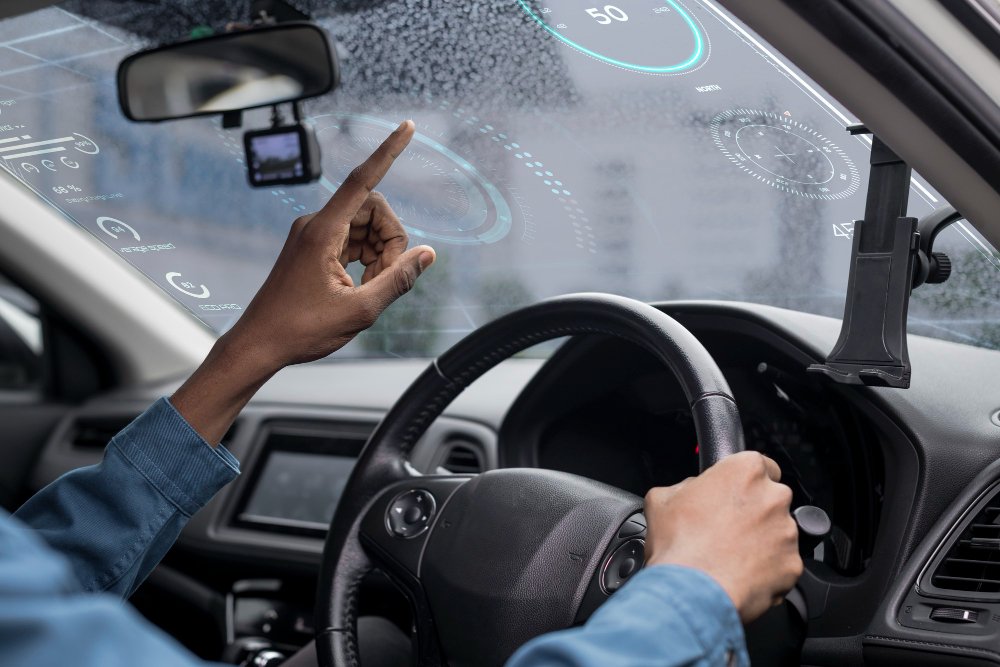



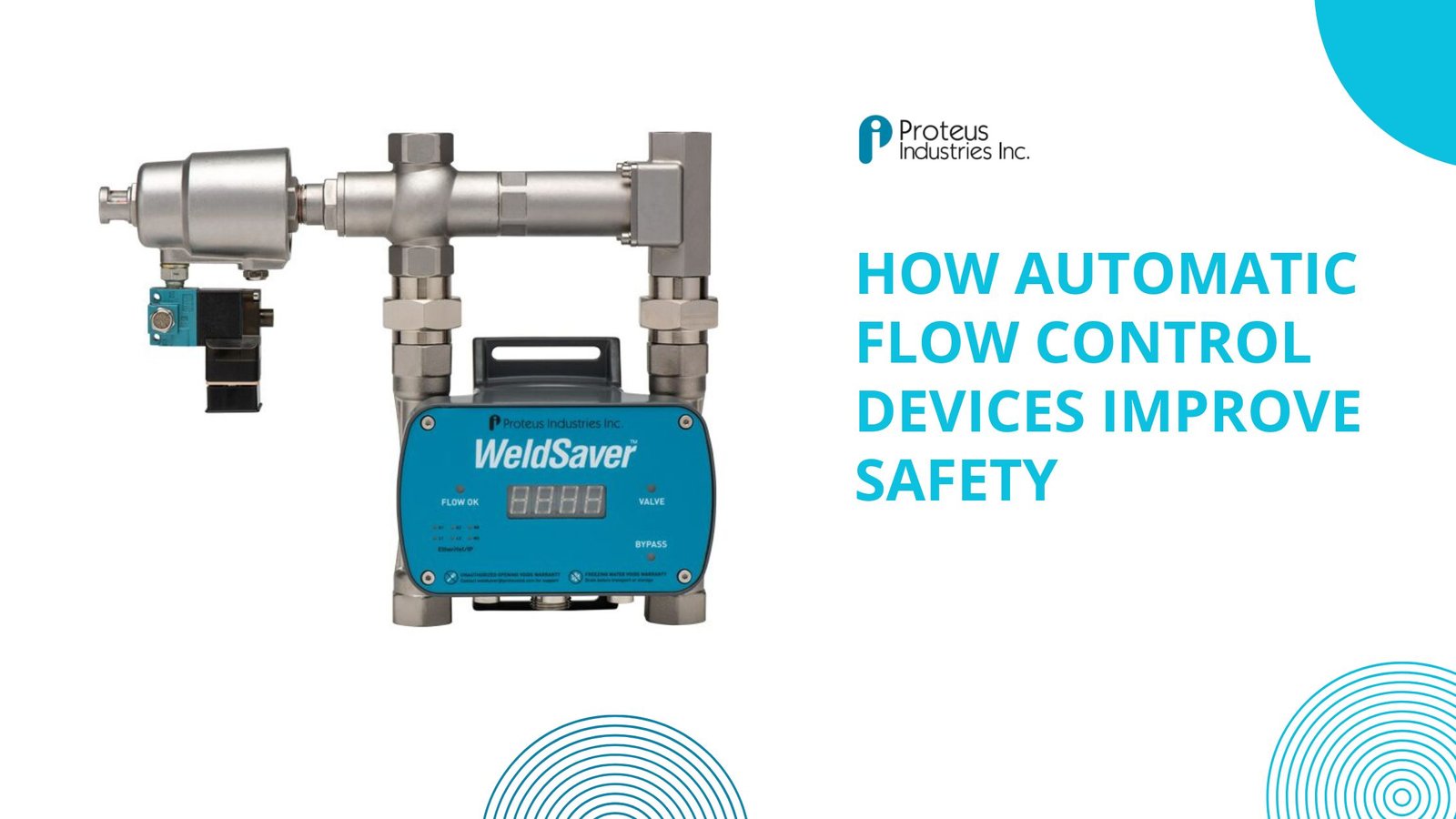

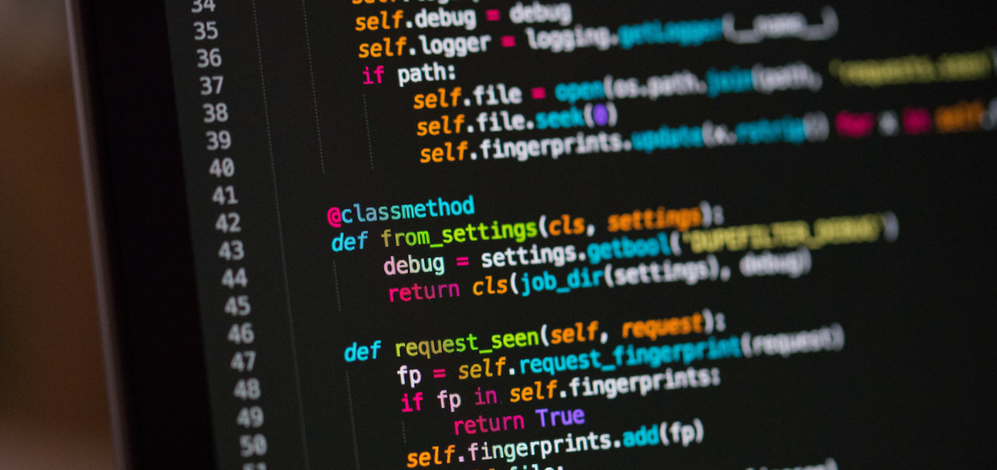
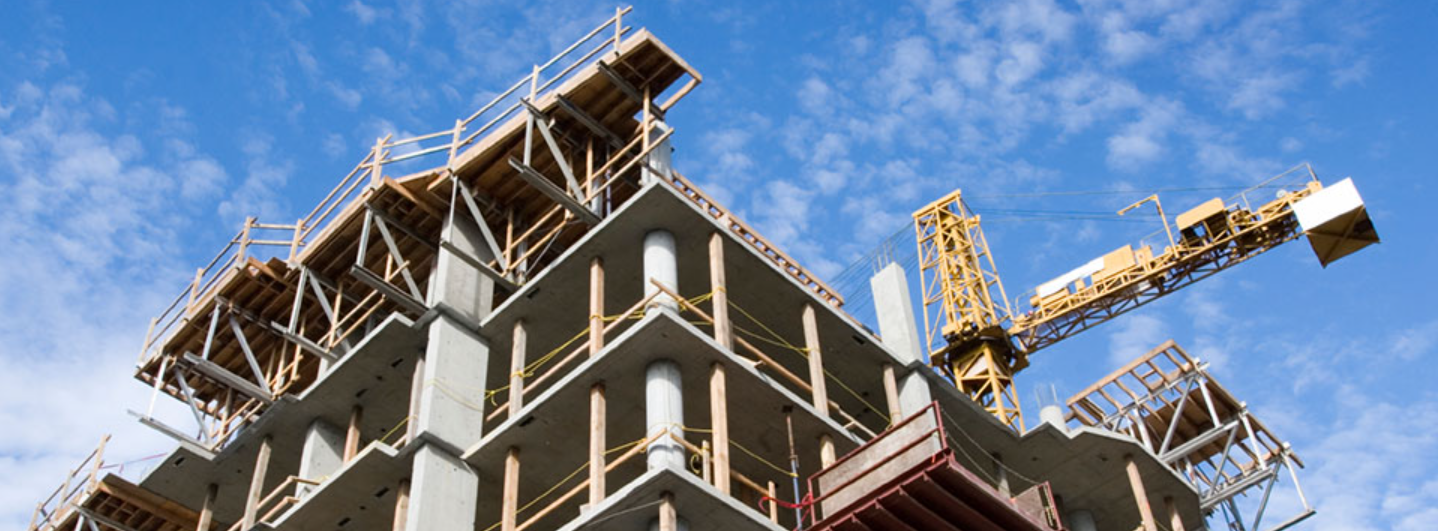



Leave a Reply